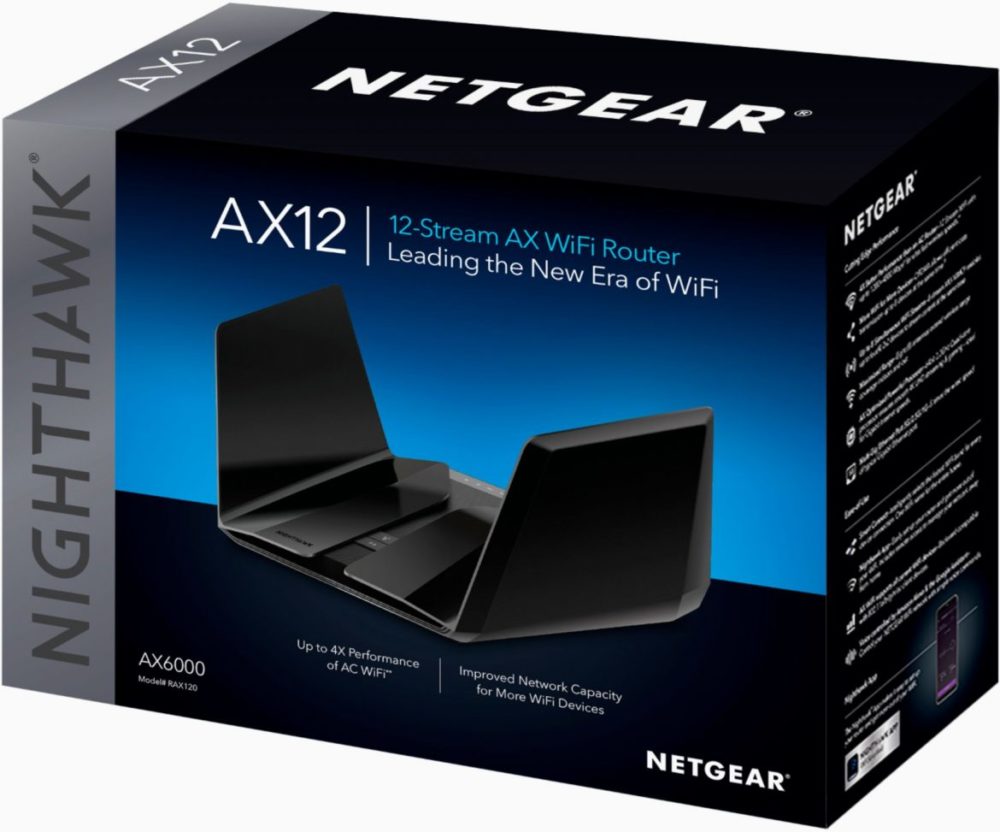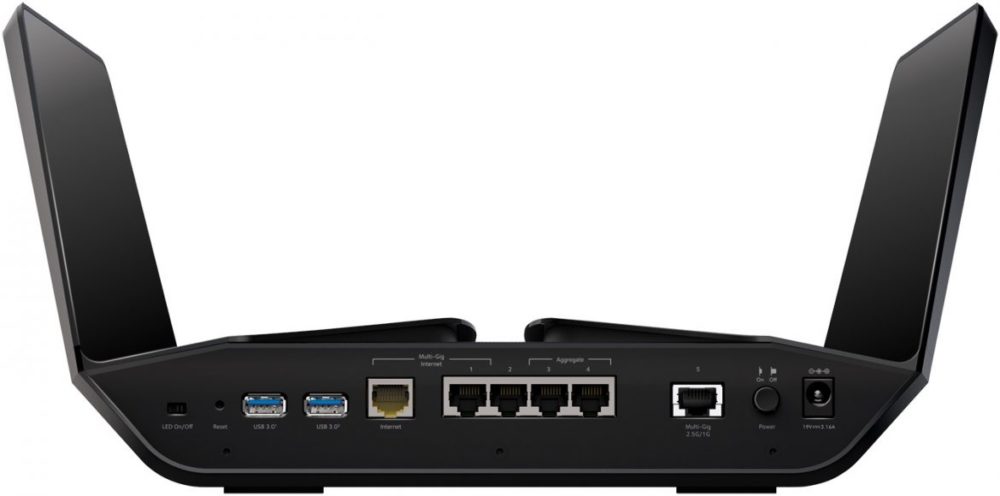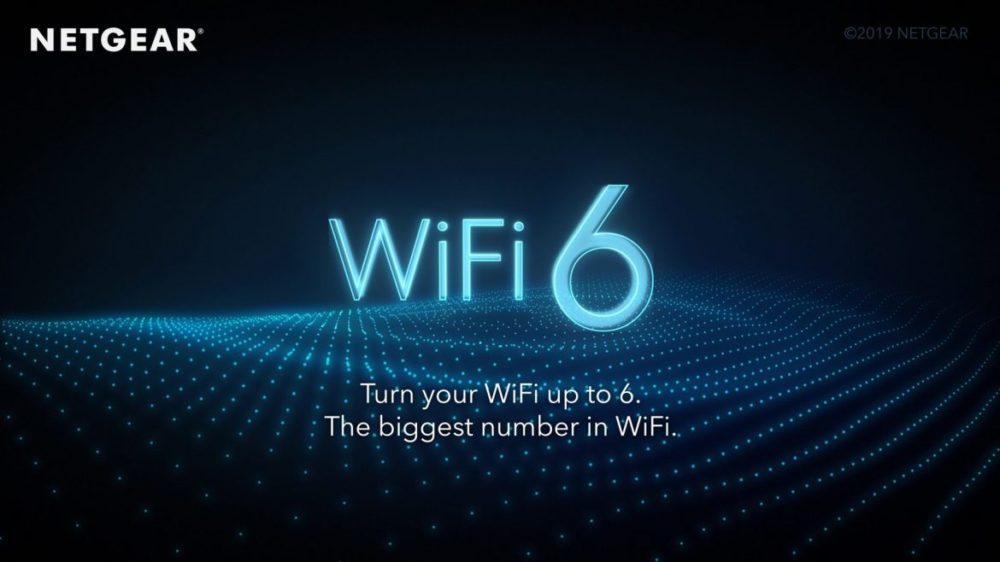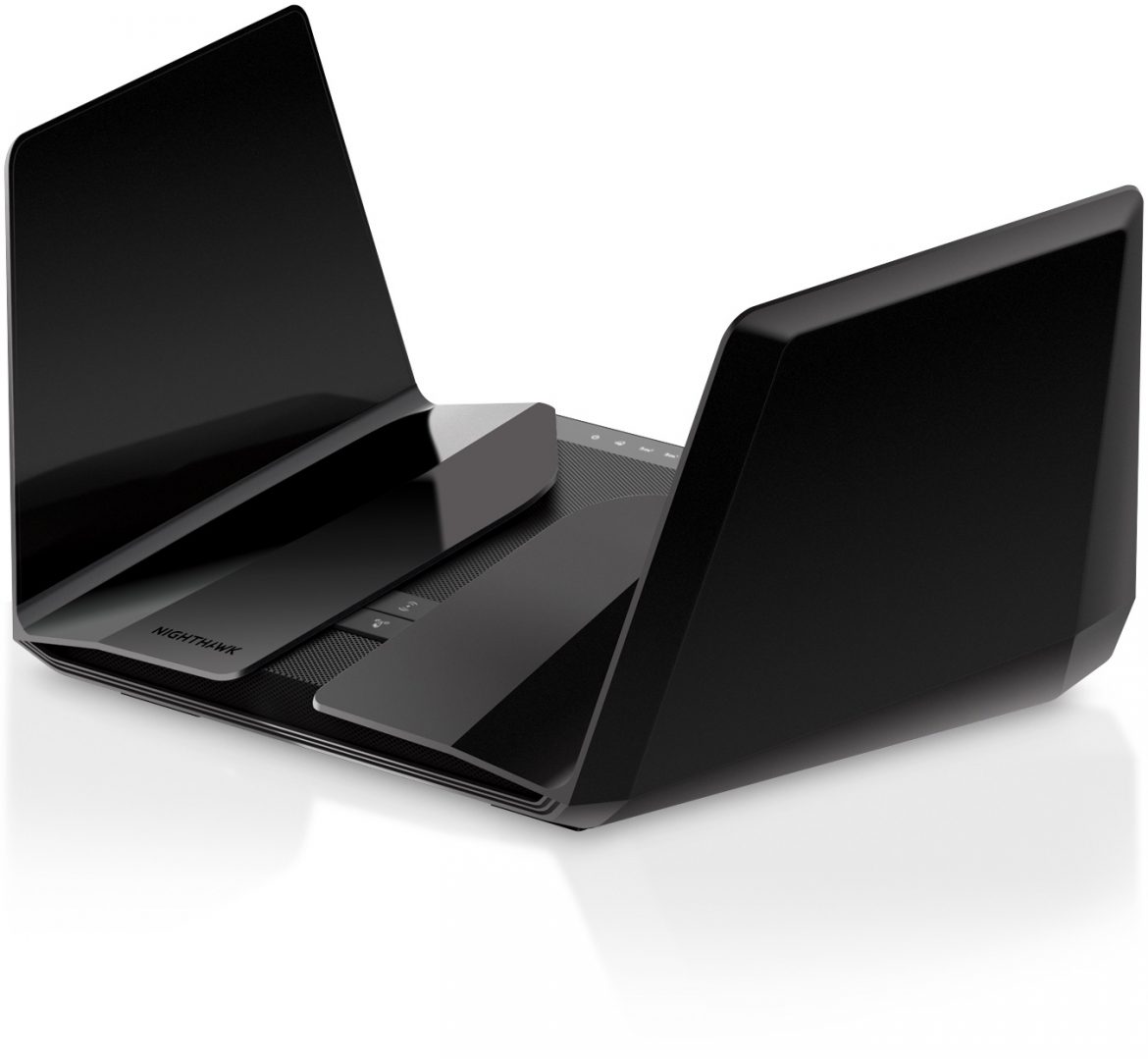TL;DR
Wifi 6 (802.11ax) is the latest wireless standard, promising faster speeds and better traffic management, with Netgear's Nighthawk AX12 RAX120 router being an early champion. While it offers significant performance upgrades over Wifi 5, you'll need Wifi 6 compatible devices to truly experience its benefits. The AX12 boasts a powerful internal build, a redesigned user-friendly interface, and impressive signal strength, making it a solid choice for those ready to embrace the future of Wi-Fi. Discover if this router is your next must-have upgrade!
Many users may ask: “What is Wifi 6, and why is it relevant to me?” In essence, Wifi 6 (or Wi-Fi 6) represents the latest standard in wireless communication. Departing from the 802.11 b / g / n / ac nomenclature, the Wi-Fi Alliance has adopted a generation-based naming convention for new standards. The current standard, generation 5, corresponds to 802.11ac and is designated as Wifi 5. After five years of service, Wifi 6 (IEEE 802.11ax) emerged in September 2019 and is slated for finalization in the first quarter of 2020. The Nighthawk RAX 120 AX12 (AX6000), offered by Netgear, stands out as an early adopter, showcasing one of the market’s premier routers equipped with Wifi 6 support.

AX12: The Benefits of Wi-Fi 6
The new Wifi standard offers improved peak speeds on both the 2.4 GHz and 5 GHz bands, enhancing traffic management and efficiency. It provides a theoretical peak speed reaching almost 10 Gbit wirelessly. While current networks and practical scenarios may not fully achieve this theoretical speed, users can anticipate a performance increase of approximately 30-40%. However, to realize these benefits, client devices (computers, tablets, smartphones, etc.) must also support Wifi 6. Legacy devices will not experience significant performance improvements, even with the AX12’s efficient traffic distribution. Consequently, leveraging Wifi 6 necessitates utilizing contemporary devices such as the iPhone 11 or recently released PC models.

Nighthawk Back in Top Form
Following initial enthusiasm for the Netgear Nighthawk X10 R9000 (released in 2017), subsequent firmware updates introduced DHCP instability. This issue, affecting several Netgear products utilizing the same OS, caused considerable disappointment. Fortunately, the adoption of DumaOS on the Nighthawk XR500 has yielded positive results, and Netgear’s redesigned OS for the AX12 continues this trend. The new OS offers a clean, responsive interface, free from the previous issues with settings and DHCP.
The specifications are in line with expectations for a high-end router. Internally, a 64-bit quad-core processor clocked at 2.2 GHz, accompanied by 512 MB of DDR3 RAM and 1 GB of flash memory, powers the system. The physical design evokes an Imperial Shuttle from Star Wars, with its wings folded. The AX12’s hardware supports 12 simultaneous streams (8×8 and 4×4 MU-MIMO on the 5 and 2.4 GHz bands, respectively), OFDMA (a new technology for Wifi 6, detailed below), Wifi 6-compatible 2.4- and 5GHz bands, and backward compatibility to Wifi 1 (802.11 a). The eight reinforced antennas, integrated into the wings, provide a strong signal capable of covering areas up to 325 square meters. While we were unable to fully validate this claim due to facility limitations, all devices within our test environment experienced consistent signal strength and performance across both bands. A future Access Point featuring a triple band would be a welcome addition, potentially negating the need for extensive ethernet cabling to devices such as Google Stadia. An AX11000 model is reportedly in development, and we plan to assess its performance alongside Netgear’s new Wifi 6 extender, the EAX80, upon their release. The device also includes USB 3.0 ports and supports the WPA3 encryption algorithm, compatible with Wifi 6 devices.

Overall performance is satisfactory, although the absence of the built-in Plex server found in the X10 R9000 may be noted. Configuration adjustments are straightforward, and the router exhibits compatibility across various connected devices. One feature we would like to see implemented in future firmware updates is a more comprehensive traffic meter, providing detailed bandwidth usage data per device to identify potential bandwidth hogs.
OFDMA (Orthogonal frequency-division multiple access) represents a technology intended to supersede MU-MIMO (Multi-user multiple-input and multiple-output) in the long term. Its primary function is to optimize stream distribution and bandwidth allocation across multiple devices concurrently, reducing wait times. Given the prevalence of numerous small streams in modern networks, particularly with a high density of connected devices, OFDMA aims to enhance access speed and overall throughput. This is achieved by allocating smaller portions of the broadband’s maximum capacity to each device. This approach is beneficial for office environments with numerous users performing general tasks, but may not be ideal for private residences with fewer devices requiring substantial bandwidth for applications like streaming or online gaming. Users should evaluate whether to enable or disable OFDMA based on their specific usage patterns. A QoS (Quality of Service) feature is also present; however, its benefits may diminish on connections exceeding 300 Mbit, whereas it can provide intelligent traffic prioritization at lower speeds.
The Price of Mixing Wifi 6 with Previous Standards
Backward compatibility introduces a trade-off. To support Wifi 5 and earlier devices, the router’s full Wifi 6 capacity cannot be realized (which is a practical consideration, given the limited Wifi 6 device ecosystem). Operating Wifi 6 in 80+80Mhz mode effectively halves the potential performance. Only Wifi 6 devices can leverage the 160 MHz band to achieve theoretical speeds of 4.8Gbps, while 80Mhz operation limits speeds to a maximum of 2.4Gbps. While this speed is still highly competitive, achieving the full potential of the RAX120 and other Wifi 6 routers necessitates upgrading all connected devices, including TVs and smart home devices. Therefore, fully unlocking the RAX120’s capabilities will require further adoption of Wifi 6-compatible devices.

Few Things to Complain About with AX12
Overall, Netgear has delivered a solid product with the Nighthawk AX12 RAX120, positioning it favorably for 2020. The hardware meets expectations, and the software is commensurate with a premium router in this price range (approximately 5 000 SEK). Ongoing firmware development will be crucial to maintaining and enhancing the router’s performance. Its broad applicability ensures optimal bandwidth allocation across all connected devices, regardless of Wifi standard. User requirements will determine whether OFDMA or MU-MIMO is the preferred configuration.
Wifi 6 is poised to become the standard, contributing to improved speeds, traffic management, and range as adoption increases. However, full realization of its benefits is contingent on upgrading connected devices. While it may be premature to label the AX12 RAX120 a must-have for all users, it remains a compelling option for those seeking a new router or preparing for the transition to Wifi 6. Its performance across various devices and its stable, user-friendly software make it a strong contender. Consequently, we are designating the Netgear Nighthawk AX12 RAX120 as our new reference router, with potential for further growth as Wifi 6 adoption expands from 2020 onwards.

